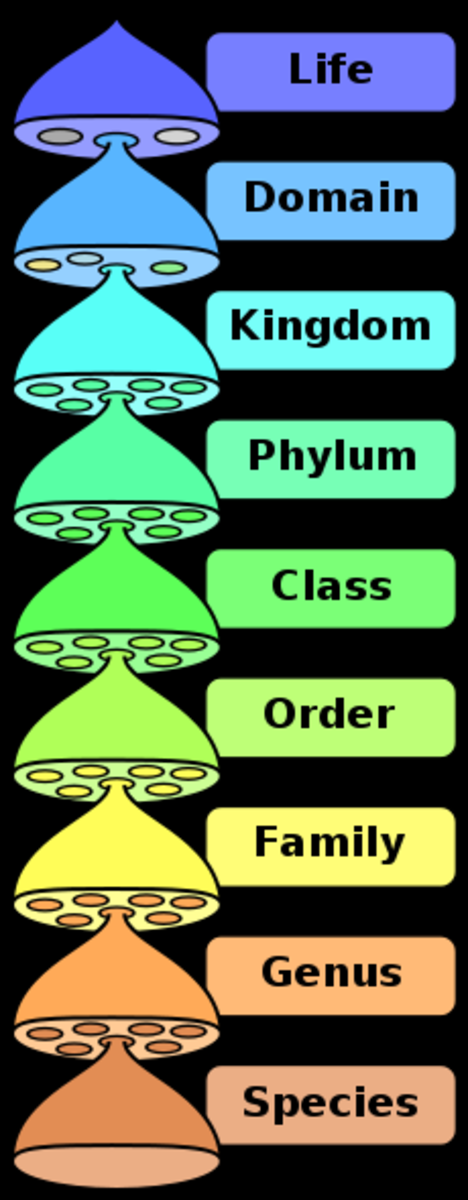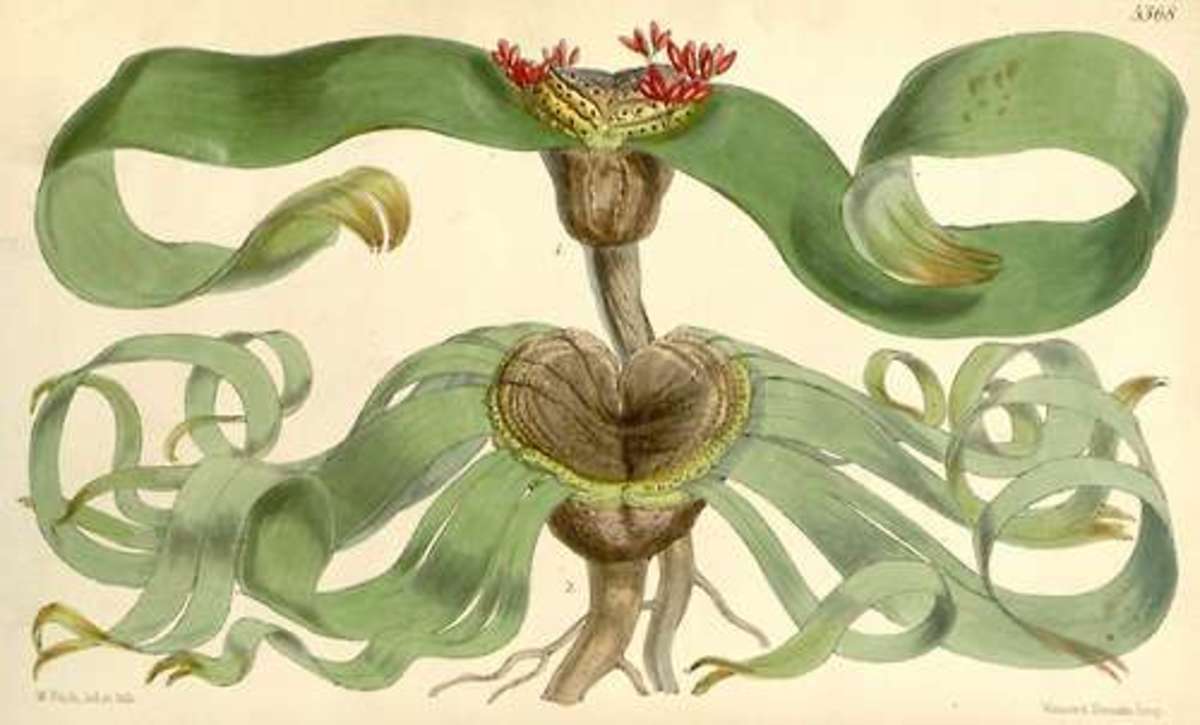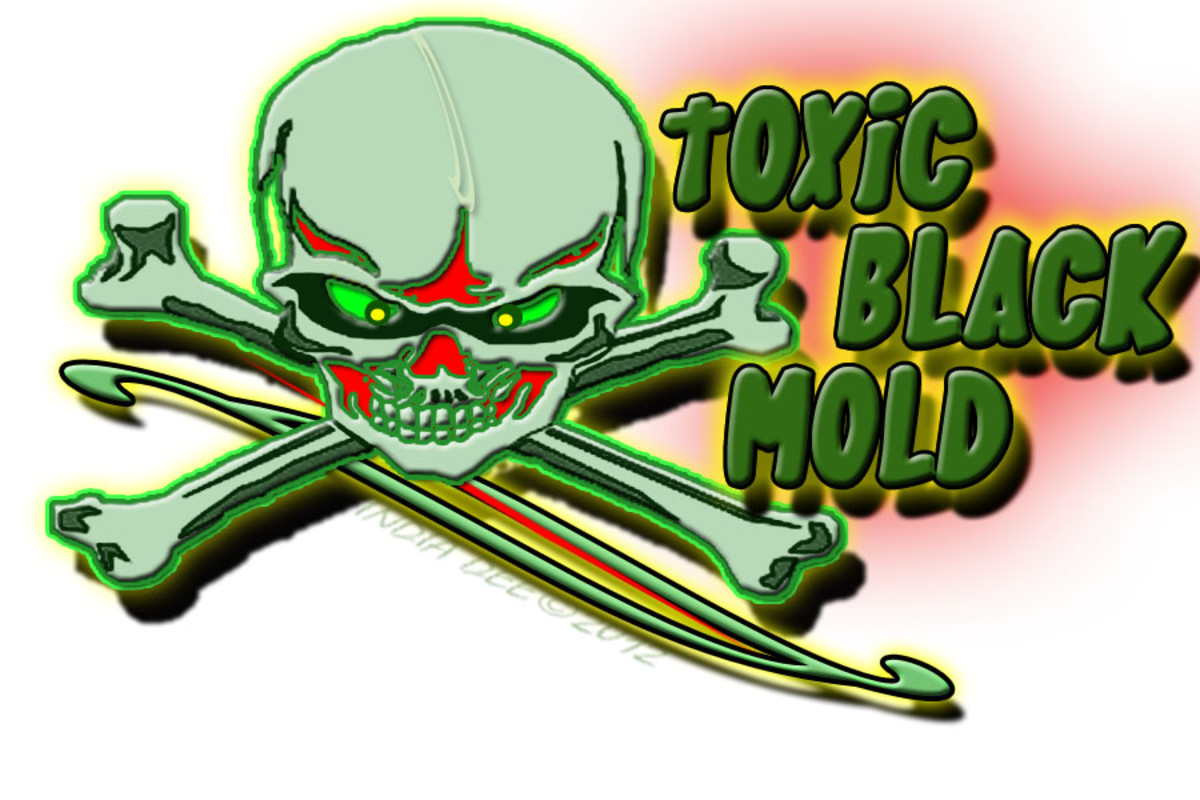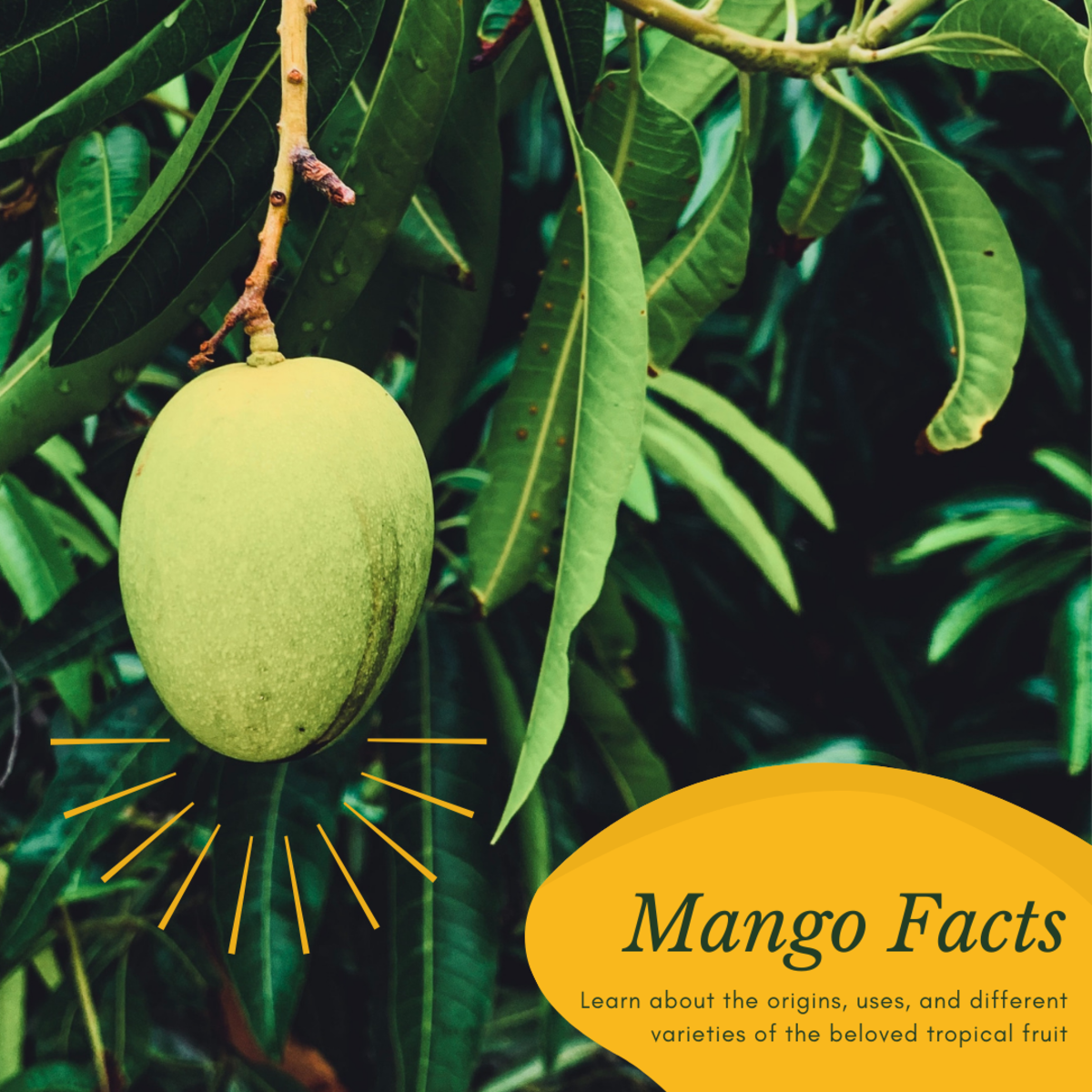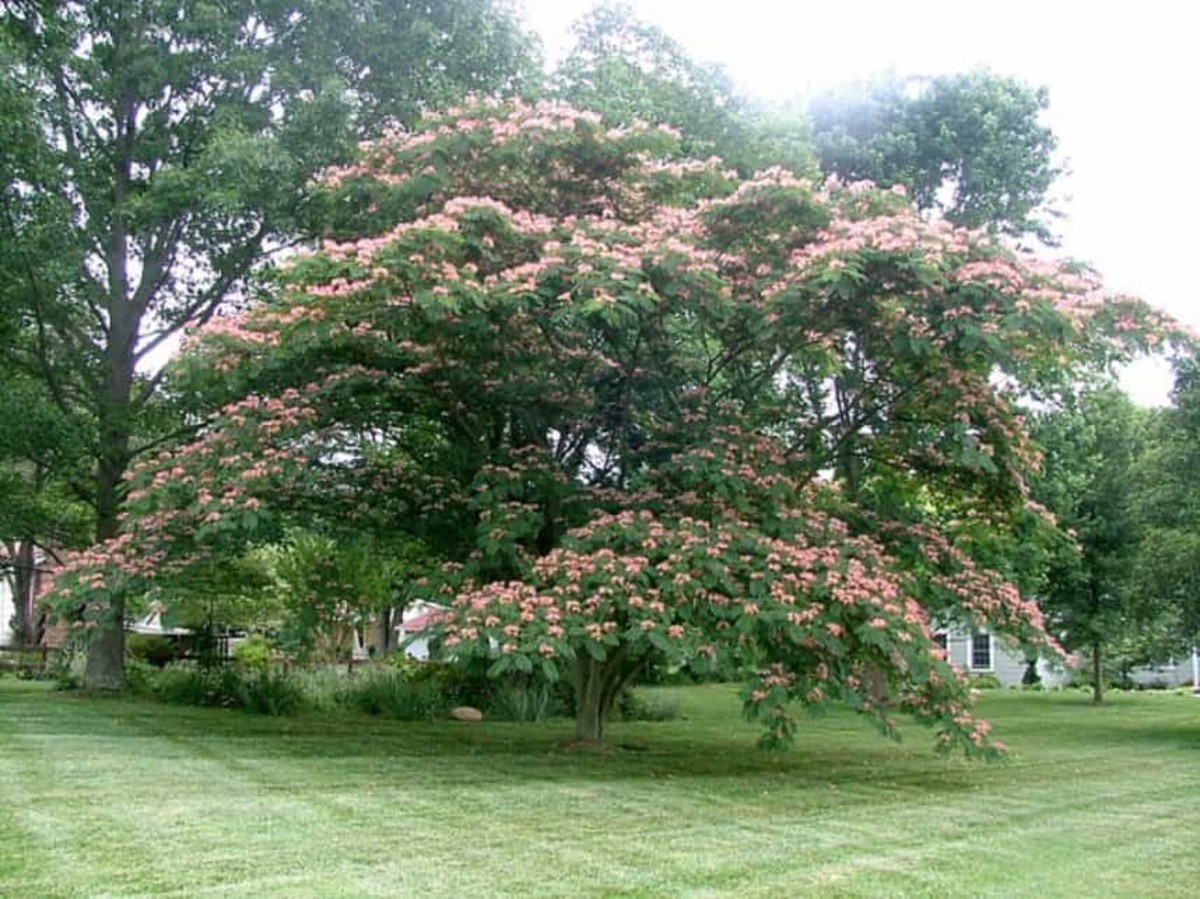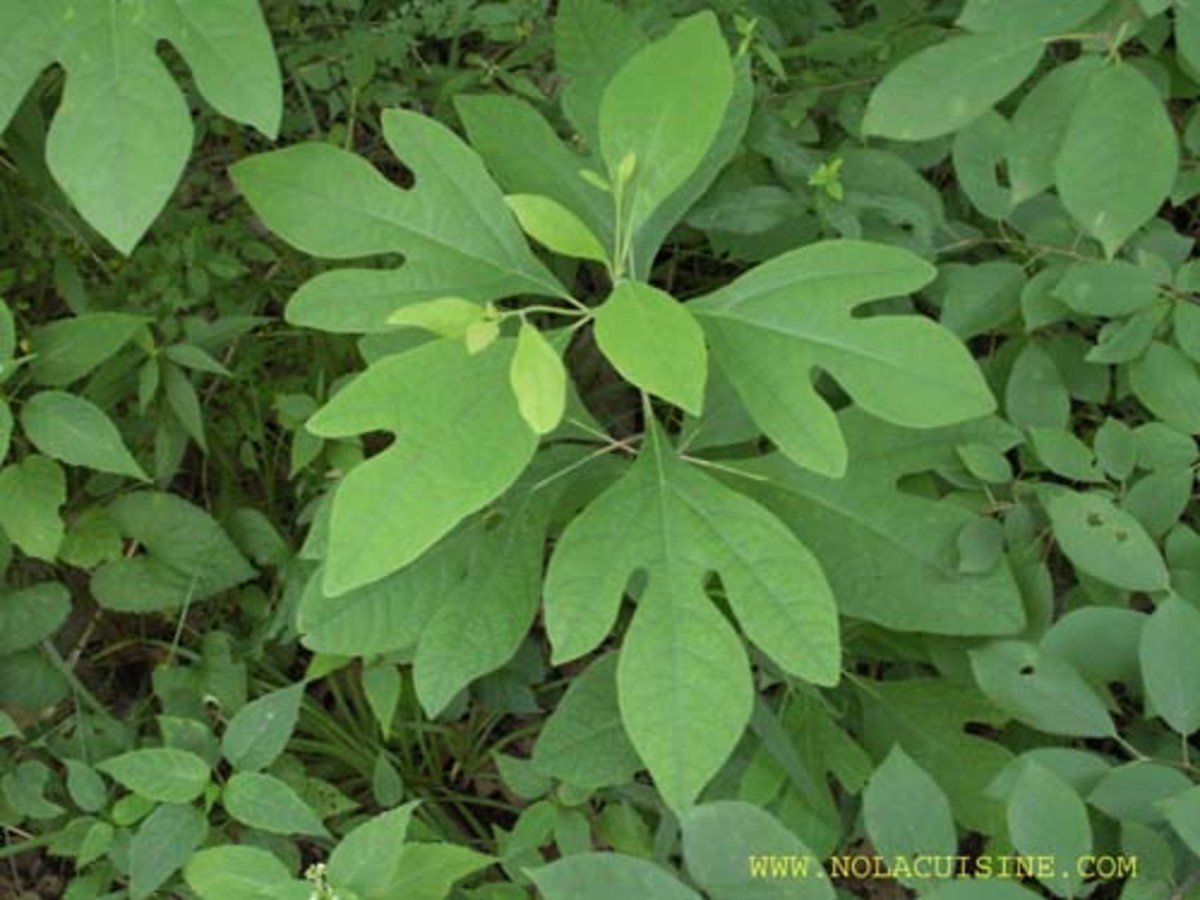The Kingdom-Fungi
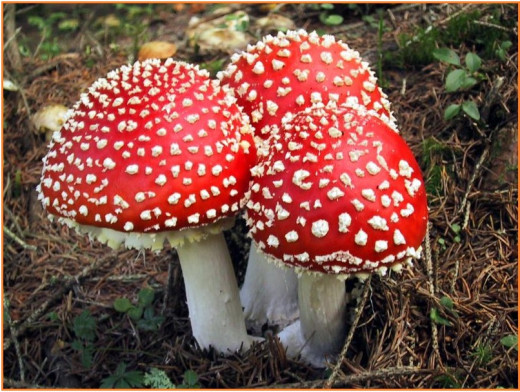
This kingdom involves achlorophyllous thallophytes.
These are heterotrophic, saprophytic or parasitic and some of them are pathogenic.
They grow on every habitat wherever organic food materials are available.
The plant body is called Mycelium. The branches are called hyphae.
Cell wall is made of Chitin. It is apolysaccharide consisting nitrogen. It is highly resistant.
Food is stored in the form of Glycogen and or oil drops. Glycogen is also called Animal starch.
The Mycelium may some time be associated with roots and show symbiosis. It forms Mycorrhiza. Sometimes a fungus may show symbiosis in association with an alga and form Lichen.
Reproduction
1. Vegetative reproduction: It occurs by fragmentation, fission and budding
2. Asexual reproduction: It occurs by akinetes, spores, zoospores or conidia.
3. Sexual reproduction: It involves sex organs gametes Sex organs are unicellular and non-jacketed
It occurs in 3 steps - 1) Plasmogamy
2) Karyogamy
3) Meiosis
The life cycle is haplontic. Haploid stage is dominant. Diploid stage is restricted to Zygote which shows reduction division immediately. Fungi shows progressive reduction in sexuality.
Fungi can be divided into 4 classes basing on
1. Morphology of Mycelium
2. Spore formation
3. Fruiting bodies

1. Phycomycetes:
They are aquatic and also grow on moist damp places. So they are called Algal Fungi.
They are saprophytic (e.g.: Rhizopus - Grow on decaying wood or bread) or obligatory parasitic (Albugo on Mustard)
They are multi nucleate, aseptate and coenocytic.
Example: Rhizopus, Mucor
Vegetative reproduction occurs by fragmentation.
Asexual reproduction occurs by Akinetes or by endogenous sporangiospores. The spores may be aplamospores or zoospores.
Sexual reproduction
It may occur by gametangial copulation (Rhizopus) or by the fusion of gametes (Isogamous or Anisogamous or Oogamous). Zygospore shows Meiosis.
Isogamy: (Iso = equal, Gamos = Marriage)
Union between 2 gametes of equal size and shape-
Anisogamy (Aniso = unequal)
Union between unequal gametes.
Oogamy (Oo = egg cell)
Union between male gamet and egg cell.
Isogamy is primitive. Oogamy is advanced
Plasmogamy and Karyogamy occur simultaneously
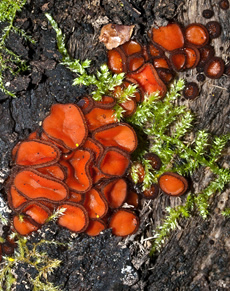
2. Ascomycetes:
It is the most important useful fungi to mankind. The Fungi may be unicellular
Example: Yeast or multicellular. Example: Pencillium, Aspergillus.
Neurospora is widely used in genetical experiments. It is also called Drosophila of plant kingdom. Morels and Truffles are edible. Yeast is used in bakeries and fermentation. The first antibiotic (Penicillin) was obtained by Alexander Fleming from Pencillium. The fungi may be saprophytic, parasitic or coprophilic (grow on dung).
Reproduction
Vegetative Reproduction: It occurs by fragmentation. Budding occurs in Yeast.
Asexual reproduction: It occurs by forming exogenous conidia on conidiophore branches.
Sexual reproduction: Plasmogamy occurs. Karyogamy is delayed. It results in the formation of dikaryotic ascogenous hyphae are produced. They develop into fruiting bodies called Ascocarps enclosing sac like asci (sing: ascus). Karyogamy occurs followed by Meiosis. Thus sexual endogenous ascospores are formed.
Ascocarps are 3 types:
1. Cleistothecium: It is spherical, globose without opening.
Example: Pencillium.
2. Perithecium: It is flask shaped with an opening.
Example: Claviceps.
3. Apothecium: It is saucer or cup shaped and widely exposed.
Example: Peziza
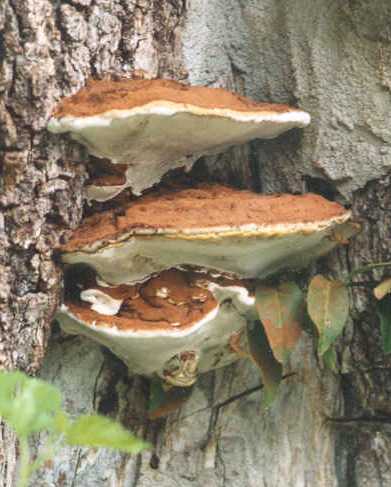
3. Basidiomycetes:
- These are also called Club Fungi.
- These are multicellular, septate, saprophytic or parasitic. Agaricus is saprophytic. Puccinia and Ustilago are parasitic and pathogenic.
They cause the most important diseases in cereal crops like smut (Ustilago) and Rust (Puccinia). Agaricus is commonly called Mushroom. It is edible and the richest source of Proteins. Amanita is the Poisonous Mushroom.
Other important common members are Lycoperdon (Puffball), Polyporus (Bracket fungus)
Reproduction
Vegetative Reproduction: It occurs by fragmentation.
Asexual Reproduction: It is absent.
Sexual Reproduction: It is highly reduced. Sex organs, gametes and flagellated bodies are absent.
Two somatic hyphae of opposite strains unite (Somatogamy). Plasmogamy occurs. Karyogamy is delayed. Dikaryotic mycelium forms fruiting bodies called 'Basi diocarps. They enclose Basidia (Sing: Basidium) Karyogamy & Meiosis occur in Basidium. Exogenous sexual basidiospores are formed.
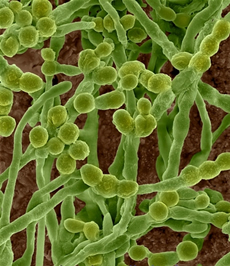
4. Deuteromycetes:
It is also called Dustbin class. Its members are called Imperfect fungi because perfect stage or sexual stage is absent in the life cycle.
Vegetative and Asexual phases are known.
If sexual stage is discovered the member will be shifted either to Ascomycetes or Basidiomycetes. The mycelium is multicellular, septate, saprophytic or parasitic, and pathogenic.
Some Important members are
1. Alternaria - It causes early blight of Potato
2. Colletotrichum - It causes Red rot of Sugarcane
3. Helminthosporium - It causes leaf spot of Rice
4. Cercospora - It causes Tikka disease of groundnut
5. Trichoderma - It is associated with roots and forms Mycorrhiza
Kingdom Protista and Kingdom Fungi
You Might Also Like This
- Gymnosperms and Angiosperms
Gymnosperms and angiosperms are seed-bearing plants. The gymnosperms bear naked seeds attached to the plants, while angiosperms bear seeds in covers or fruits. Most gymnosperms are evergreen plants, while angiosperms shed their leaves once every... - The Plants Kingdom - Bryophyte
Bryophyte is the smallest group of embryo- bearing plants. They belong to the subkingdom embryophyta. These plants are generally small in size and lack vascular tissue. They posses’ antheridium male reproductive organs as well as archegoniu - Kingdom - Protista
It includes unicellular, eukaryotic, microscopic organisms belonging to plants and animals. The cells have distinct nucleus. Mostly they are aquatic. - Kingdom - Monera
It was first created by Copeland in his 4 - Kingdom classified. Later it was also opted by R.H. Whittaker in his 5 - Kingdom classification. - The Living World
Living organisms can be easily identified and distinguished from non-living objects. A virus shows both the characters of living and non-living.






